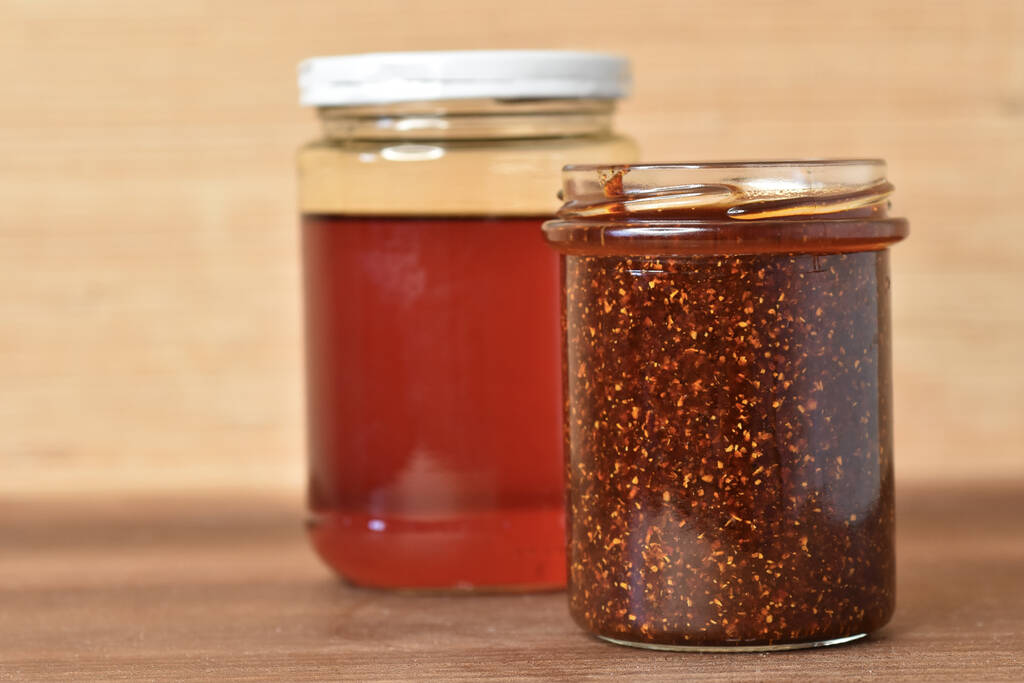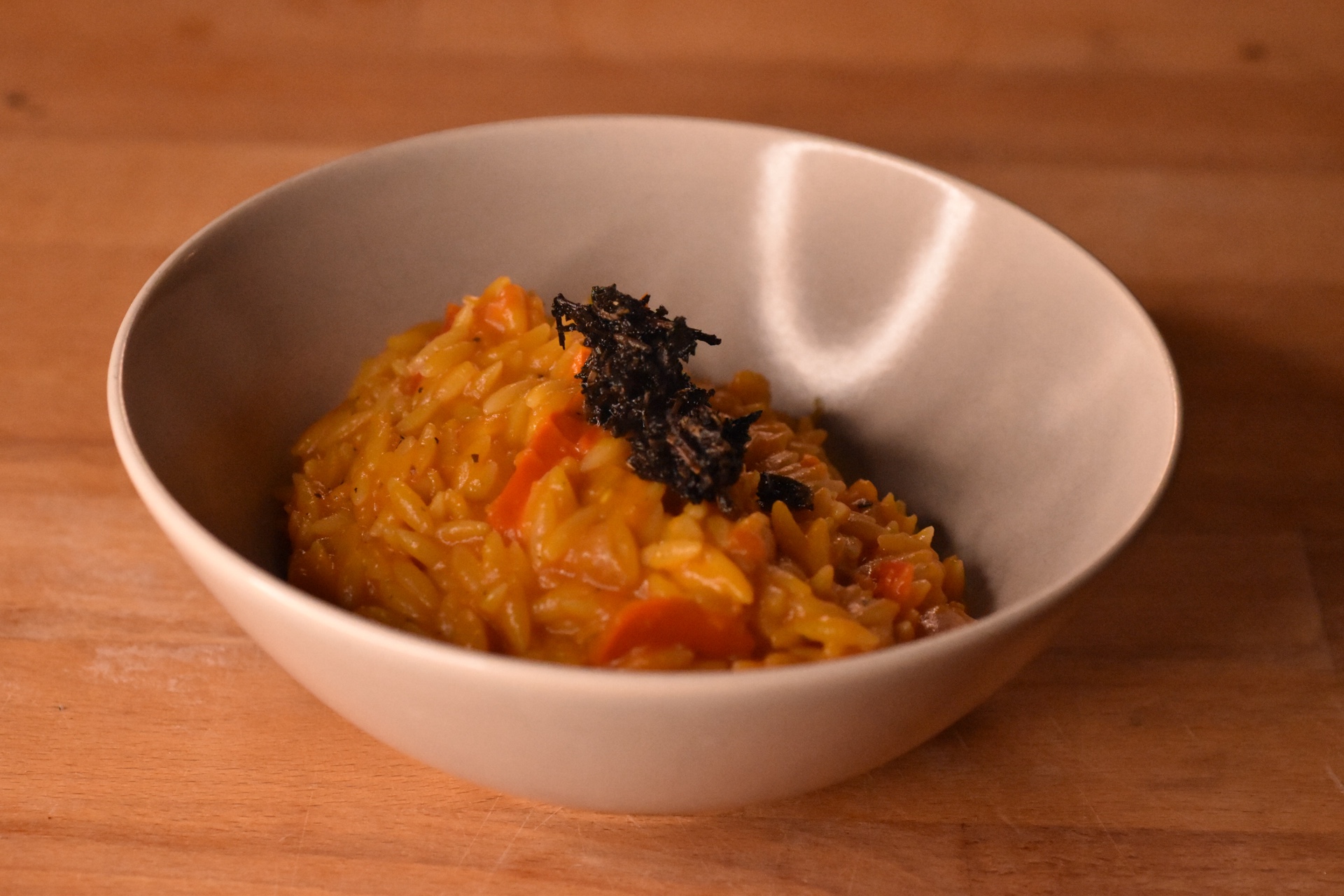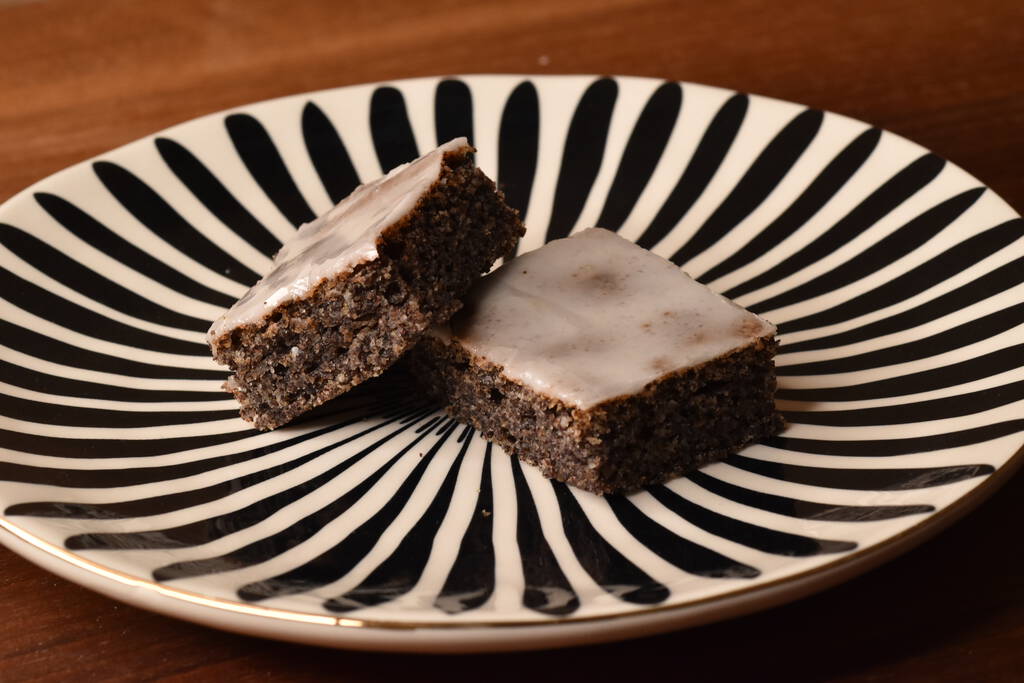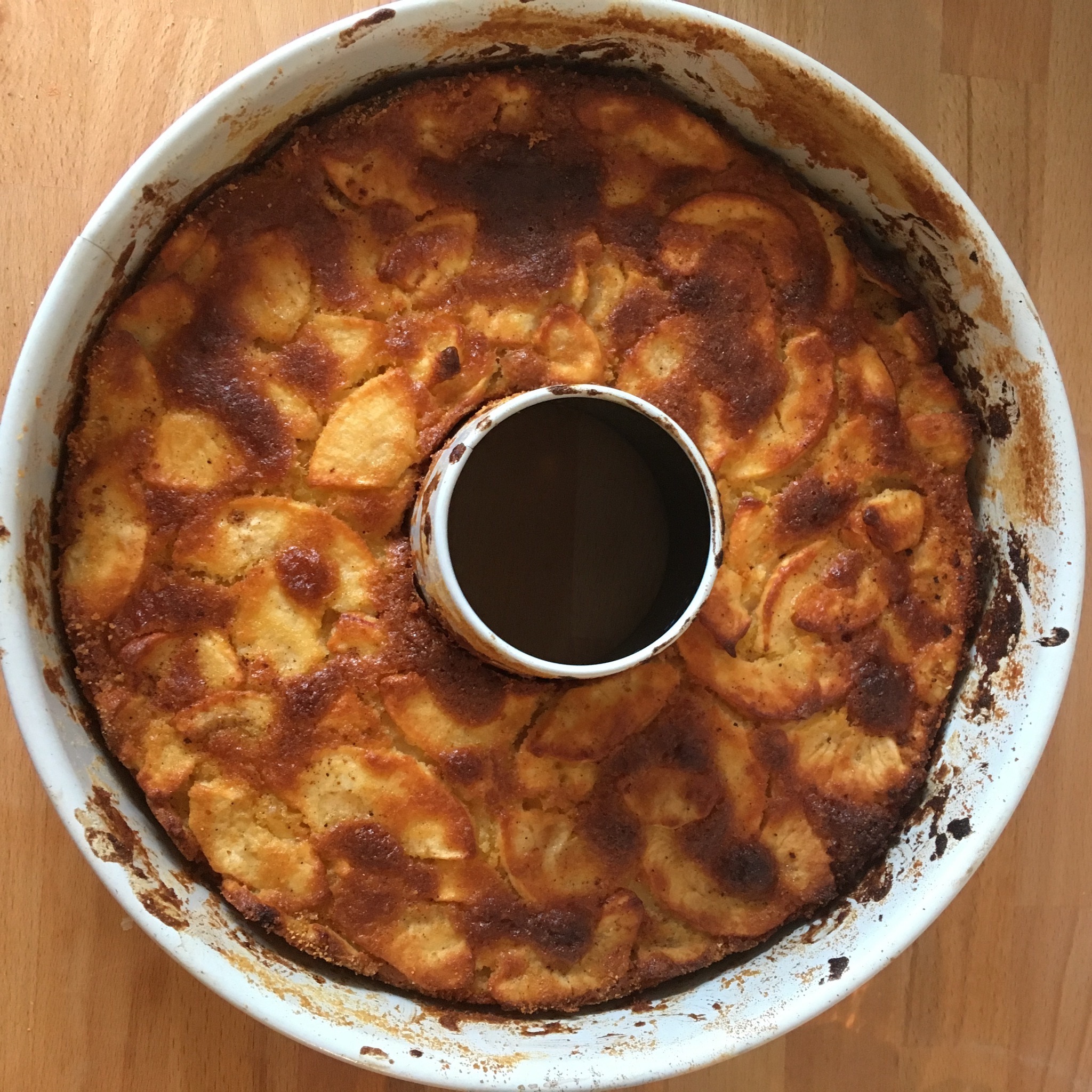
In several recipes I tried over the past month chinese chili oil or paste were on the ingredient list. As I had most ingredients at home I tried to reproduce it. Its not totally authentic, but its close enough and it does taste amazing.
Ingredients
Oily parts:
- 425g neutral oil
- 1.5g star anise (ca 2 pcs.)
- 2 garlic cloves
- 5g coriander seeds
- 3.5g cinnamon stick
- 10g sichuan pepper corns
- 1.5g black cardamon (ca 2 pcs.)
- 0.5g bay leaf (ca 1 pcs.)
Not cooked in oil:
- 60g red pepper flakes
- 5g salt
- 5g vinegar
- 6g soj sauce
Potentially (not tested yet):
- sesame seeds
- peanuts
Instructions
Crush the black cardamon, and the garlic cloves. Do not seed or skin them. Place all other ingredients of the oily stuff in a pot and bring the oil to a simmer. You aim for a temperature of ca 120 degrees. If you go too hot you will burn the spices. Especially the garlic is very prune to burning. Once it gets golden, remove it from the oil. Let the oil simmer for about 2 hours. If you don’t have a thermometer I would suggest adding another half hour to the clock and just let everything simmer on lowest heat for 2.5h.
In a separate big heat-resistant vessel mix the other ingredients together. Bring the oil up to a higher temperature (140-170 degrees). Pour the oil into the dry spices and stir. Note that the oil will foam a lot during this step so choose a big enough vessel to pour in! If you notice that it foams too much, just wait a bit until you pour the rest of the oil. Let the mix sit until it is cool and fill it into whatever container you want it to be stored in.
You can also sieve out the spices to get clear oil. You can blend the other spices to a paste. I removed the bigger parts up front (cinnamon, bay leaf, star anise) before doing so as I was afraid that they will not blend that well. As I decided that I am not going for a full blend this was the right choice. If you want a smooth paste you might consider letting some in.
Note: szechuan pepper do have a very intense and distinct flavor profile. I made my first batch of chinese chili oil without them and substituted them with black pepper and coriander seeds (5g each). The oil turned out great, however the taste was quite different to what one would get with szechuan pepper. For me szechuan has an intense lemon like taste that might be best substituted with lemon grass. Though I have not tried this myself yet, so I’m not sure if I would add fresh lemon grass to the oil and let it boil or rather add a sliced piece of lemon grass to the chili flakes.
Tips
- Heat your oil slowly, so it does not get too hot. If you notice that it will get too hot, turn of the stove and remove the pot for a bit.
- If you want to store the oil together with the spices, do crush the coriander up front. This way they will not swim on the surface of the oil which will make using it easier afterward.
- You can use the oil on basically anything. Just to get a grasp of its taste I tried it on pasta, rice and mashed potatoes. Its awesome on anything and I’m really looking forward to use it on something like podstickers.
Next Time
Reducing the vinegar might be appropriated if one would aim for a non sour sauceNot required at all. Acidity is perfect as is.- Maybe try to add some sesame seeds or peanuts. Though Id rather add sesame oil afterward in the dish if needed.
- The flavor of the current version is pretty round though the star anise is noticeable, especially in the paste (not so much in the oil). Maybe reduce it to 1g.





